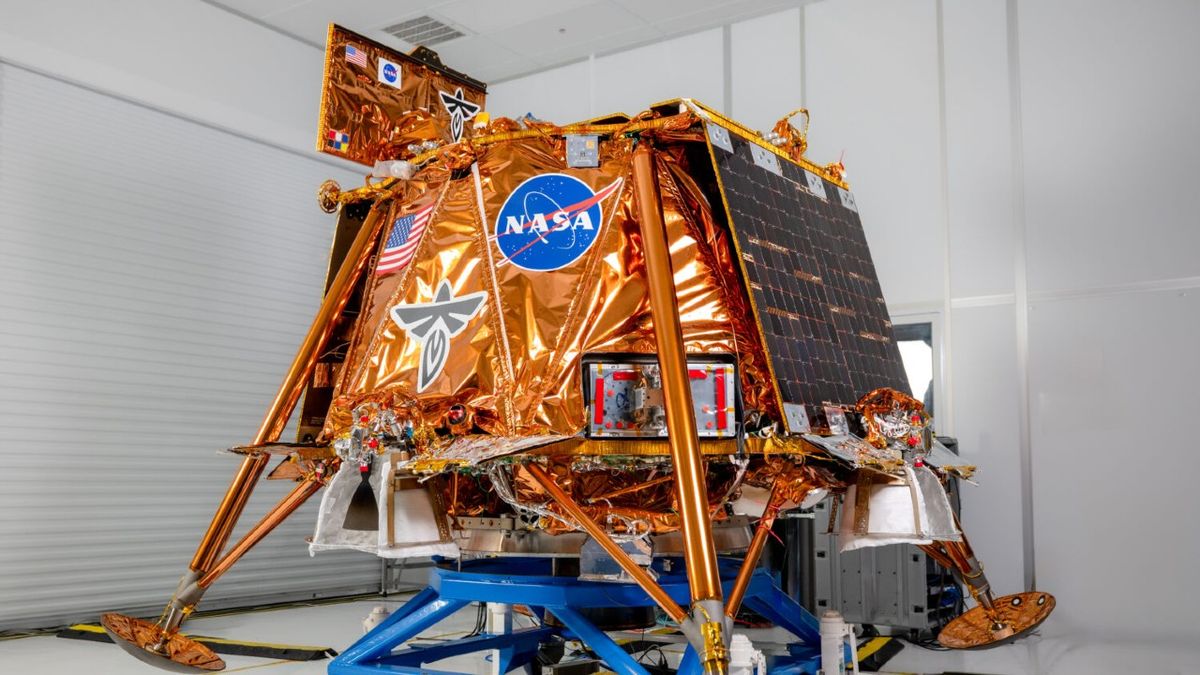

Chronic pancreatitis is a long-term condition where the pancreas, a small organ in the belly that helps with digestion, becomes inflamed and damaged over time. This damage can cause pain, make it hard for the body to digest food, and lead to other health problems, like diabetes.
But here’s some good news: research shows that what you eat can play a big role in preventing this painful condition.
One of the most common causes of chronic pancreatitis is heavy drinking. Studies have found that alcohol damages the cells in the pancreas, leading to repeated inflammation.
Over time, this can result in scarring and loss of function. So, cutting back on alcohol—or avoiding it altogether—is a major step in protecting your pancreas.
Smoking is another major risk factor. Cigarette smoke contains chemicals that harm the pancreas, increasing the chance of developing chronic pancreatitis. Quitting smoking not only lowers your risk for this condition but also improves your overall health.
Diet plays a key role in keeping your pancreas healthy. Research has shown that eating foods high in saturated fat and processed sugars can increase the risk of inflammation in the pancreas. These foods can also lead to obesity, another risk factor for chronic pancreatitis.
On the flip side, a diet rich in fruits, vegetables, whole grains, and healthy fats, like those found in nuts and fish, has been shown to reduce inflammation and promote better digestive health.
One study published in The American Journal of Gastroenterology found that people who followed a Mediterranean-style diet—full of fresh produce, lean proteins, and olive oil—had a lower risk of developing pancreatic problems.
This diet is not only good for the pancreas but also supports heart health and reduces inflammation throughout the body.
Antioxidants, which are found in many fruits and vegetables, are particularly helpful. They fight damage caused by harmful molecules in the body called free radicals.
Inflammation and oxidative stress caused by these free radicals are believed to contribute to pancreatitis. Foods like berries, spinach, and broccoli are great sources of antioxidants and should be part of a pancreas-friendly diet.
Another key nutrient to consider is fiber. High-fiber foods help improve digestion and reduce the strain on the pancreas.
Studies have suggested that a fiber-rich diet can lower the risk of digestive issues and promote a healthier gut. Oats, beans, and whole-grain bread are easy ways to add more fiber to your meals.
For people who have already had pancreatitis or are at risk, doctors often recommend eating smaller meals throughout the day instead of three large ones. This can ease the workload on the pancreas, giving it time to heal and function better.
Avoiding fried and greasy foods is also important since these can be hard to digest and put stress on the pancreas.
Of course, dietary changes alone can’t prevent all cases of chronic pancreatitis. Some people develop the condition because of genetic factors or autoimmune diseases.
However, making healthy lifestyle choices, like eating well, quitting smoking, and limiting alcohol, can greatly reduce your risk and improve your overall well-being.
In summary, what you eat matters when it comes to protecting your pancreas. By focusing on a diet rich in whole, natural foods and avoiding harmful habits, you can take steps to prevent chronic pancreatitis and enjoy better digestive health.
If you care about cancer, please read studies about vitamin D and bowel cancer, and a cautionary note about peanuts and cancer.
For more health information, please see recent studies about the link between ultra-processed foods and cancer, and everyday foods to ward off pancreatic cancer.
Copyright © 2024 Knowridge Science Report. All rights reserved.








Leave a Comment